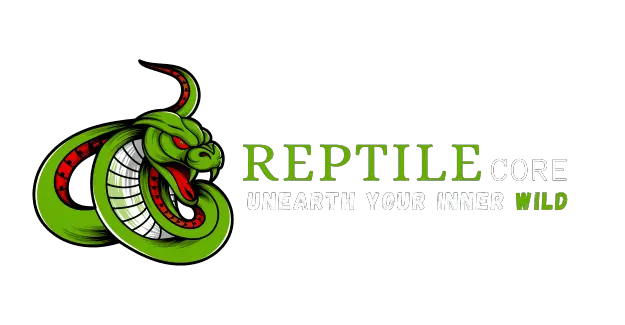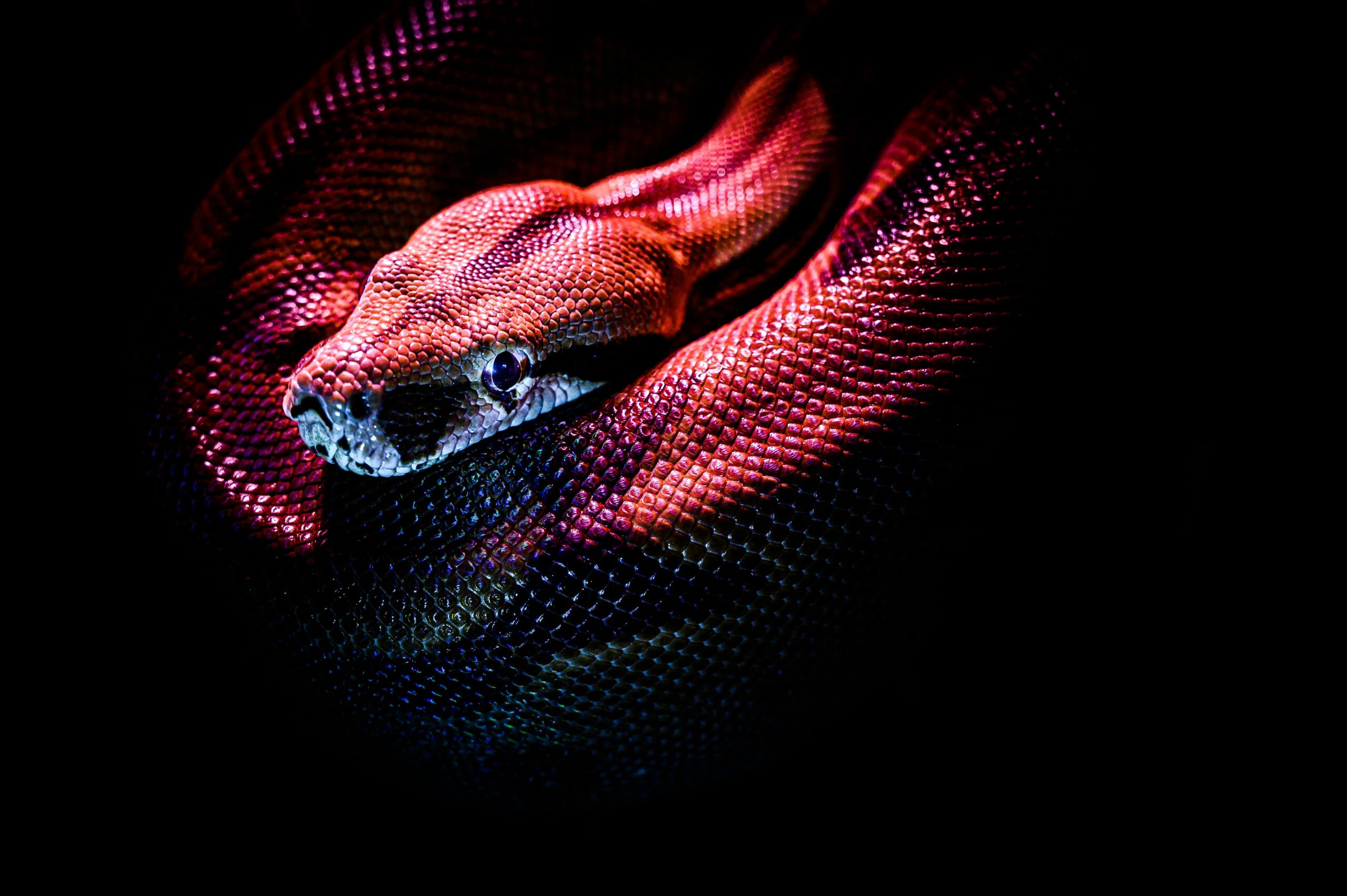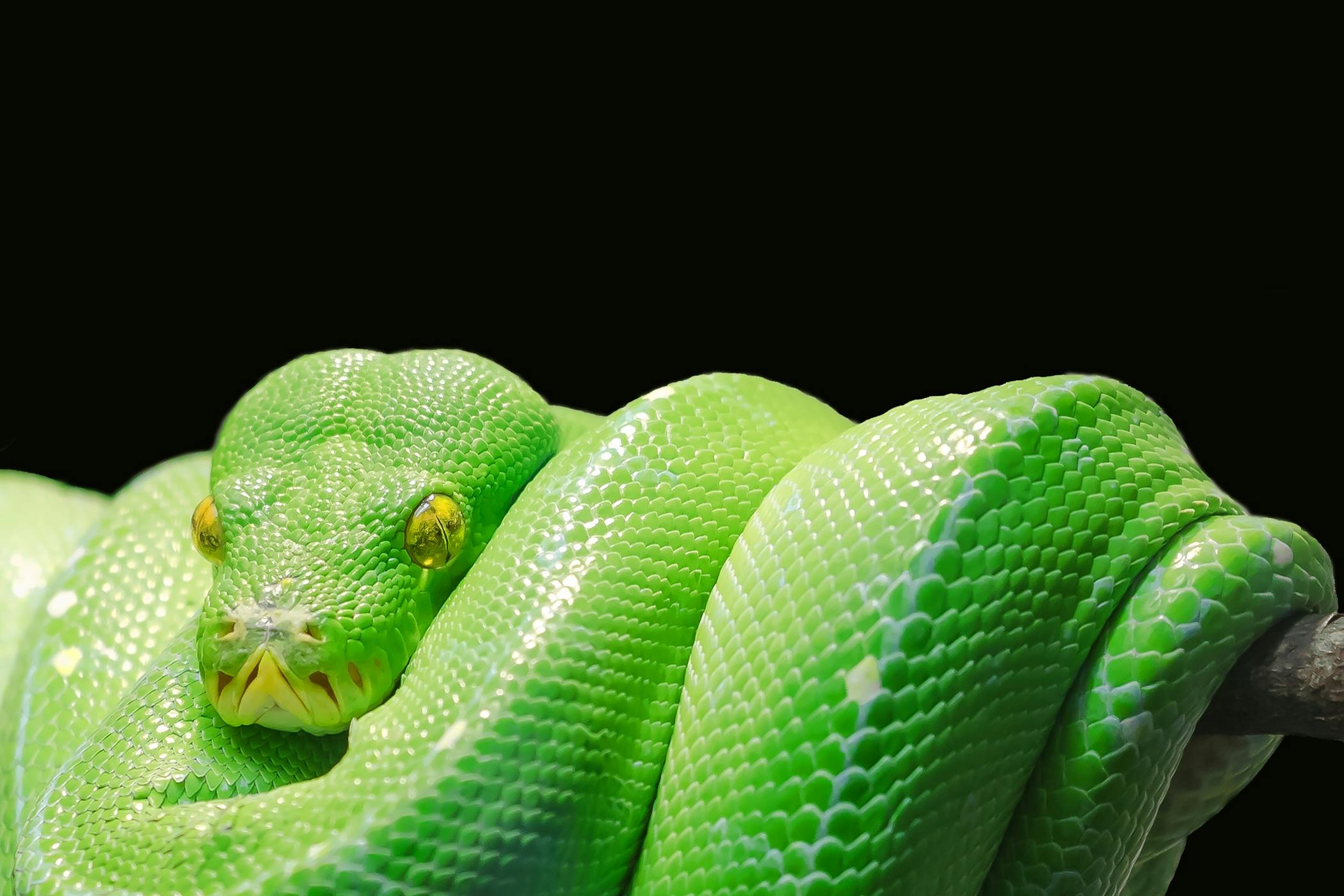Gila Monsters Care Guide
Published: February 9th, 2024
Range:
Gila Monsters (Heloderma suspectum) are primarily found in Arizona and Mexico, with some also inhabiting the southeastern corner of California, the southern tip of Nevada, and the southwestern corners of Utah and New Mexico.
The banded Gila monster occupies the northern part of this range, while the reticulated subspecies is located in the southern regions.
Habitat:
These fascinating creatures thrive in desert environments, residing near washes, arroyos, and semiarid rocky areas within desert scrub or grasslands. They favor rocky foothills with access to moisture, steering clear of open flats and agricultural zones. Gila monsters can be found at elevations up to 5,000 feet, making their homes in burrows of other animals, selfdug burrows, or under rocks.
Despite their occasional aboveground activities, these lizards spend a whopping 95% of their time underground or at the entrance of their burrows. Their home range typically spans about one square mile.
Download the Caresheet |
Description:
The Gila monster holds the title of the largest lizard in the United States and is one of the few venomous lizards globally. With a substantial, heavybodied build, they grow between 18 to 22 inches and weigh in at 3 to 5 pounds. The name “Helodermatidae,” meaning “studded skin,” reflects the beaded appearance of their dorsal scales, owing to the presence of osteoderms (small bones) beneath the scales.
These beads on their skin are, in fact, small raised bones within the scales, providing them with armorlike protection. Adorned in black with pink or orange markings, the reticulated subspecies displays broken bands forming a reticulated pattern, while the northern banded subspecies typically features unbroken markings forming a band across the back.
Hunting/Prey:
Gila monsters are diurnal hunters, with their aboveground activities peaking during the spring months. Their prey includes newborn rodents, rabbits, hares, birds, and eggs from birds, lizards, snakes, and tortoises.
Equipped with an acute sense of smell facilitated by their flickering tongue, Gila monsters can locate prey, especially eggs, even buried six inches deep or follow a trail made by a rolling egg. With strong claws for climbing trees and digging burrows, they may crush their prey or consume them alive. Despite their venomous bite being primarily a defense mechanism, Gila monsters eat infrequently, around five to ten times a year, consuming up to onethird of their body weight during a feeding session.
Young Gila monsters may devour up to 50% of their body weight in one meal. These creatures store fat in their tails and bodies, coupled with a low resting metabolic rate, allowing them to endure the challenges of their harsh environment.
In Arizona, Gila monsters are mainly active during the mornings from March through November, entering hibernation from the end of November through February.
Breeding and Nesting:
The Gila monster emerges from hibernation in January or February. The male takes the lead in courtship by using its tongue to locate the female’s scent. Rival males may engage in wrestling combat for the female’s attention. Copulation can last from 15 minutes to 2.5 hours, and the female lays her eggs in July or August, burying them 5 inches below the surface.
The clutch size ranges from 2 to 12 eggs, with an average of 5. Incubation lasts 9 months, and hatchlings arrive from April to June of the following year, measuring about 6 inches and capable of injecting venom upon hatching.
Lifespan:
In the wild, Gila monsters have an average life expectancy of 20 years, extending to 30 years in captivity.
Threats:
Urban development, roads, habitat destruction, the pet trade, and feral or pet dogs and cats pose significant threats, leading to a notable reduction in the Gila monster population. Despite legal protection through state laws and CITES, the Gila monster is considered a threatened species.
Other Gila Monster Facts:
- The Gila monster is named after the Gila River, where it commonly resides.
- In 1952, Arizona enacted the first protective legislation for a venomous animal, making it illegal to collect, kill, or sell Gila monsters.
- Gila monsters are not aggressive and prefer avoiding people. When threatened, they may move away, run, retreat deeper into their burrow, or freeze in place. If pursued, they may back away with an open mouth, hissing, and can attack surprisingly quickly.
- Typically, Gila monsters occupy two burrows annually, choosing a higher one for cooler months and a lower one for warmer months.
- Gila monsters and Mexican beaded lizards are the only egglaying lizards with eggs incubating over the winter.
Download the caresheet for Gila Monsters |

Recent Posts
- All Post
- care sheets
- guide
- Lizards
- snakes
- Uncategorized
- Back
- Mourning Gecko
- Sandfish skink
- Tegu
- Ackie Monitor lifespan
- Bearded dragon
- Blue Tongue Skink
- Crested Gecko
- Gargoyle Gecko
- Jackson's Chameleon
- Leopard Gecko
- Back
- Ball Python
- Black Rat Snake
- Corn Snake
- Gila Monster
- kenyan sand boa
- Milk Snake
- Back
- lizardscs
- snakescs
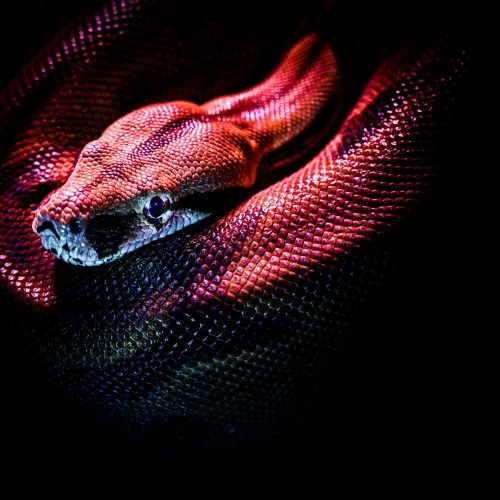
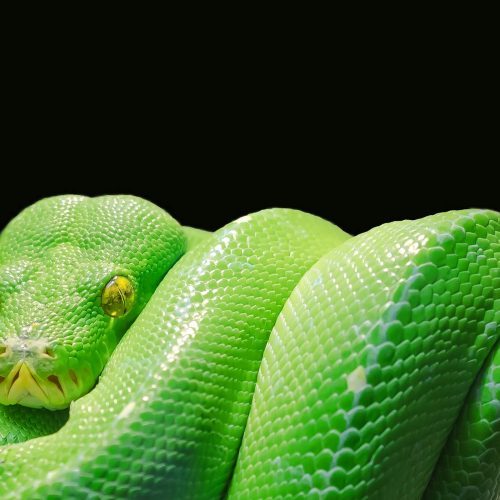
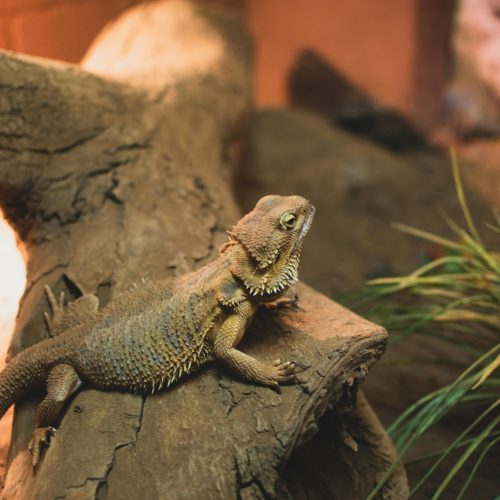
Address
215 Woodland Ave. Manchester, NH 03102

